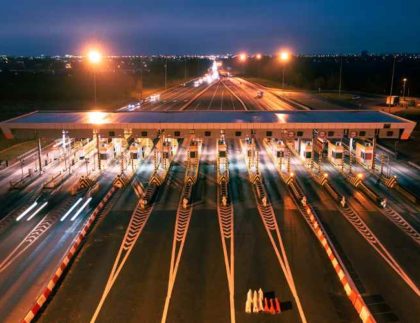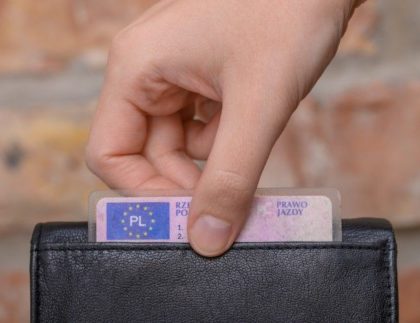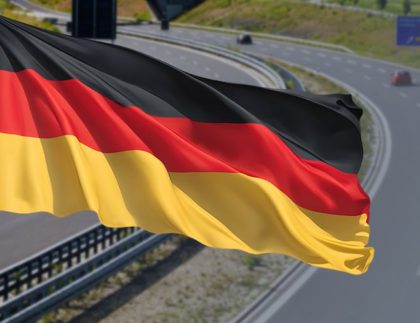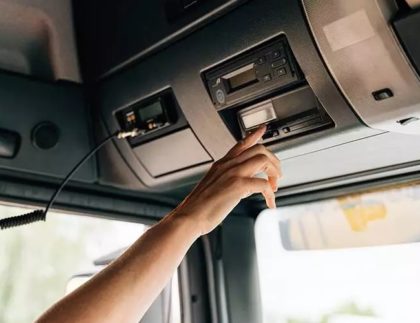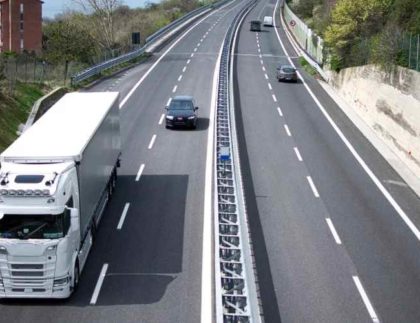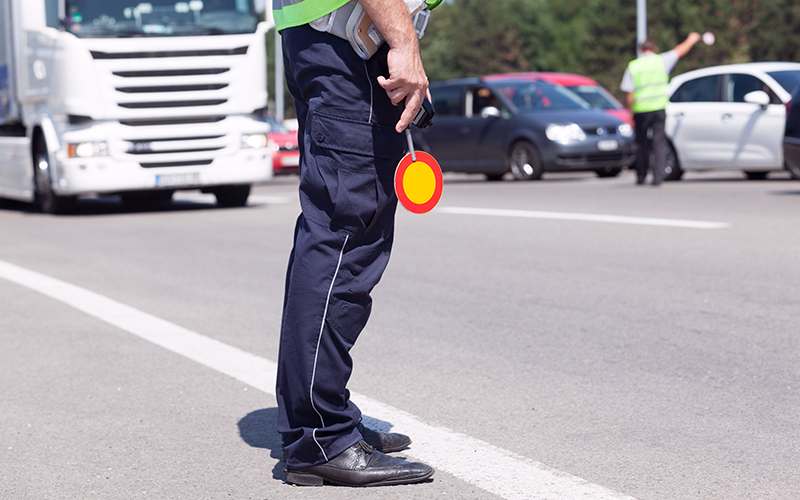

What is a proper way for a driver to manually enter the data into tachograph if their card is outside the tachograph? It is one of the starting questions that the participants were trying to answer during yet another meeting of Road Transport Enforcement Working Group – that we have a pleasure to be a part of – on 6 December, which was organized by European Commission.
Various possible solutions were presented to answer that question, for example a smartphone app thanks to which the inspector using a QR code can check manual entries through the app installed on computer or by ITS system. DG MOVE suggested a draft amendment to Regulation 165/2014 providing that from 31 December 2024 a driver would be obliged to manually enter only 6 periods 24 hours back from the moment of re-entering the card into the tachograph to carry out a transportation activity or for the period since the last weekly rest.
Training sessions for the inspectors
Another topic discussed during the meeting concerned initial and periodic training sessions for inspectors, during which – based on Regulation 165/2014 – the inspectors must be duly trained in tachograph technicalities, as well as legal provisions, data analysis and manipulation detection. The purpose of training is to harmonize the knowledge and methods of control over drivers and transport companies. Support is also to be offered by the European Labour Authority, which has already been visiting inspection authorities in their respective, as well as organizing training sessions and international exchanges to harmonize inspection agencies’ knowledge and practices.
Smart tachographs and their issues
The topic of loading and unloading entries in new smart tachographs was also discussed during the meeting. Here DG MOVE made it clear that it is the driver who is obliged to enter this information into the tachograph. All doubts about whether a driver can apply for a new G2V2 card to use the function of automatized record of crossing the border when in vehicle equipped with tachograph G2V2, were resolved (previously, a failure of recording the crossing of the border when using the olde type of card was reported). The Commission stated that in such situation the drivers will have an opportunity to request the issuance of the new card and return the old one.
The meeting ended with a discussion over the topic of insufficient size of the memory in G2V1 and G1 cards, which allows for a maximum of 112 entries – enough for 56 days with two entries a day, not taking into account crossing the border in older tachographs and changing the vehicle or the cards among the crew. Thus, if the driver were to make more than two obligatory entries (at the beginning and the end of a work day), e.g. additionally when crossing the border, then the earliest entries would get overwritten by the new ones which would result in a driver not having completed the 56 days, even with making the entries of the countries according to the regulations. This would probably result in imposing a penalty on the driver. Unfortunately, this issue will still wait for its solution.
Meetings that change transport for the better
Topics discussed within the Road Transport Enforcement Working Group perfectly show that those kind of meetings are an excellent chance for us to earn direct information about current issues and upcoming changes in regulations, but what is even more important is that we get a chance to report changes and amendments to the prepared regulations drafts with our clients in mind.

